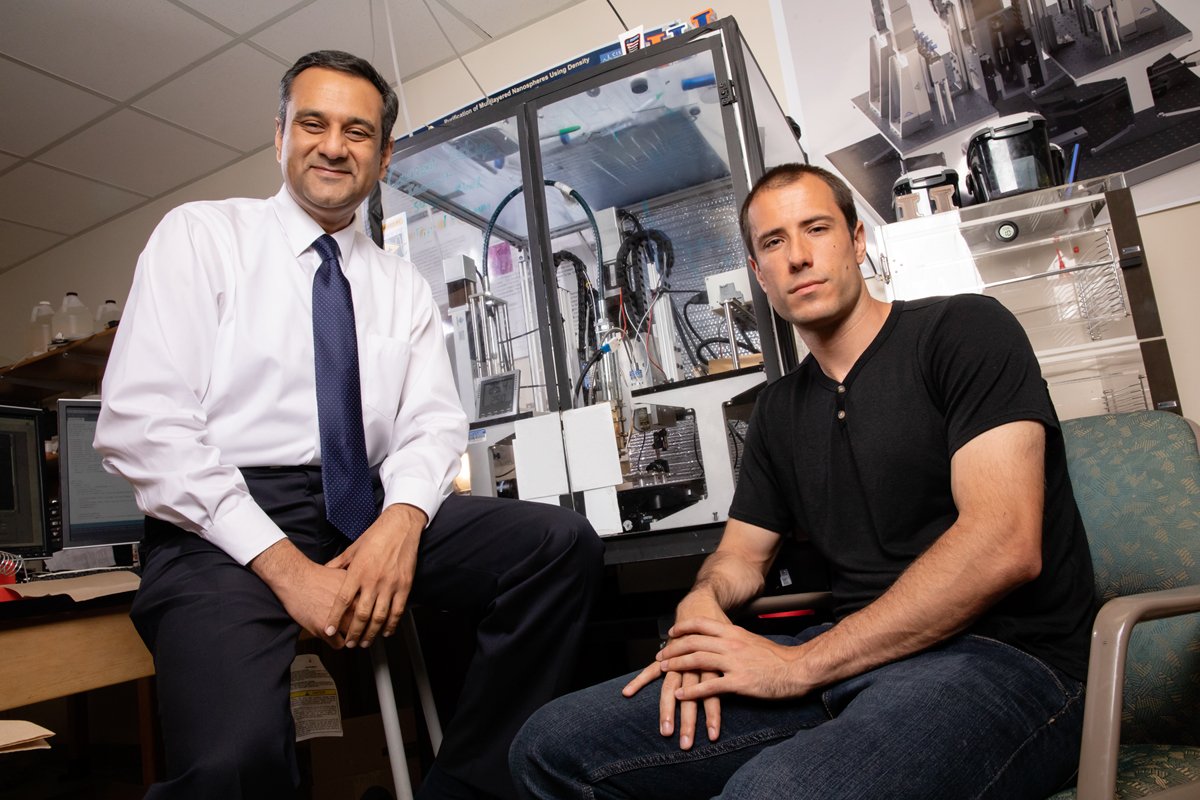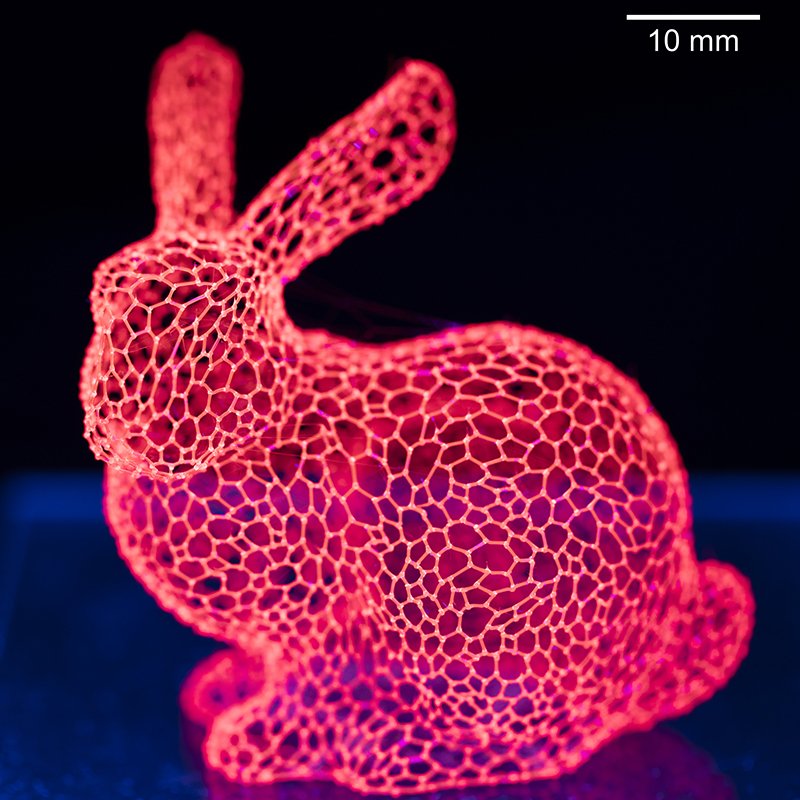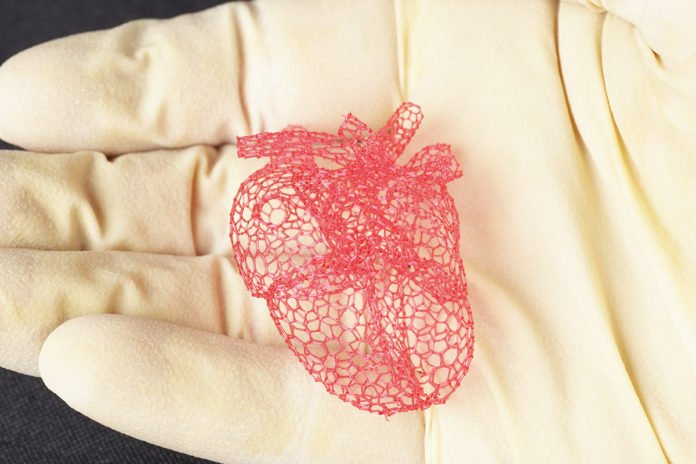Engineers at the University of Illinois devised a 3D printer that can print detailed structures that commercial 3-D printers can’t. The printer can efficiently produce a delicate network of thin ribbons of hardened isomalt, the type of sugar alcohol used to make throat lozenges.
According to scientists, this is an extraordinary method to make shapes around which we can design delicate materials or develop cells and tissue; at that point, the platform breaks up away. For example, one possible application is to grow tissue or study tumors in the lab.
The study described the materials and mechanics of free-form isomalt printing. Free-form implies that as the nozzle travels through space, the dissolved material solidifies, deserting a tough structure – like attracting midair.

Photo by L. Brian Stauffer
Matthew Gelber, the first author of the paper who recently graduated from Bhargava’s group with a Ph.D., said, “Other types of sugar printing have been previously explored, but have problems with the sugar burning or crystallizing. The sugar alcohol isomalt could work for printing applications and is less prone to burning or crystallization.”
“After the materials and the mechanics, the third component was computer science. You have a design of a thing you want to make; how do you tell the printer to make it? How do you figure out the sequence to print all these intersecting filaments so it doesn’t collapse?”
In collaboration with Greg Hurst at Wolfram Research in Champaign, Illinois, scientists have created an algorithm to design scaffolds and map out printing pathways.
Video courtesy of Matthew Gelber
Rohit Bhargava, a professor of bioengineering and director of the Cancer Center at Illinois, said, “One advantage such free-form structures hold is their ability to make thin tubes with circular cross-sections, something not possible with conventional polymer 3-D printing. When the sugar dissolves, it leaves a series of connected cylindrical tubes and tunnels that can be used like blood vessels to transport nutrients in tissue or to create channels in microfluidic devices.”
“Another advantage is the ability to precisely control the mechanical properties of each part of the structure by making slight changes in the printer parameters.”
“For example, we printed a bunny. We could, in principle, change the mechanical properties of the tail of the bunny to be different from the back of the bunny and yet be different from the ears. This is very important biologically. In layer-by-layer printing, you have the same material, and you’re depositing the same amount, so it’s very difficult to adjust the mechanical properties.”

Photo by Troy Comi
“This printer is an example of engineering that has long-term implications for biological research. This is fundamental engineering coming together with materials science and computer science to make a useful device for biomedical applications.”
The paper is published in the journal Additive Manufacturing.
